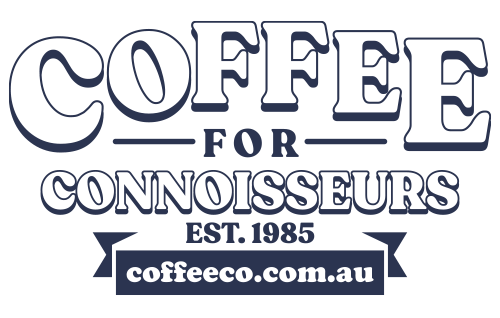April 2022 Newsletter
Seven dollars for a cup of coffee? The headlines on the news articles are leading with this as an everyday example of how bad inflation is likely to be, adding subtexts about crop failures in Brazil and increased shipping costs. These factors will push up the landed price of green coffees, as I've been saying for the last few months.
The follow-on effect is that the roasters who buy the green coffees will increase the wholesale price of roasted coffees, and the price of the finished drink in your local café will go up accordingly. A very neat scenario, and almost entirely wrong. It makes for an easy headline, and it also highlights the lack of real reporting and in depth investigation.
So, putting aside the myth of the $7.00 cuppa, what is likely to happen? Well, first of all the wholesale roasted coffee price is likely to rise between 10 to 15%. This will cause an increase in the cost of coffee per cup of around 5 to 6 cents. All the rest of the direct costs like milk, sugar and the takeaway cups themselves may also rise a bit, pushing the per cup cost increase to as much as 15 cents. Overheads such as rent, labour and energy costs may also increase but these vary widely between cafes.
The total wholesale cost increase is likely to be around 50 cents per cup at most. Depending on how much mark-up is added I can see a $5.00 latte becoming a $6.00 latte, but more than this? I doubt it. It's always possible that some enterprising café owners will "try it on" but if there's a decent amount of nearby competition they won't succeed. The reality is that green coffee prices have only a small effect on the price you pay.
There is the caveat that if you're buying a large cup of hot sweetened milk with a small amount of added espresso, you may already be paying more than this. The cost of the milk and the machine, energy, labour and rent to froth it exceeds the cost of the coffee. If you're brewing at home using our coffees your cost per cup would be unlikely to exceed 70 cents!
The market segment with the largest proportional price increases is likely to be aluminium coffee capsules. Nespresso capsules manufactured in Europe will see higher costs for coffee, aluminium and energy, a triple whammy, combined with higher shipping costs to Australia. In terms of their coffee content capsules are already expensive, a 70 cent capsule has about 5 grams of content, which works out to be $140.00 a kilo for average quality coffees.
Knocking the retail price up to $1.00 a capsule equates to $200.00 a kilo coffee. As times get tougher, the appetite for capsules may diminish, but not by much. They are simply so convenient, and capsule machines so simple and cheap to make, that they'll be around for a long time.
Meanwhile we're continuing with our reasonably priced specials and this month's special is:
$52 Per Kilogram
Strong
This is a dry processed coffee from the Guji region. It's probably the perfect Easter coffee, being a little bit fruity, a little bit spicy, a lot of body and a chocolate finish. If you think about it, there's a lot in common with a Hot Cross Bun.
Finally, as I said last month, our prices won't change as we use existing stock. We'll worry about it as supplies of new green coffee stocks come through later this year.
Until July,
Alan
